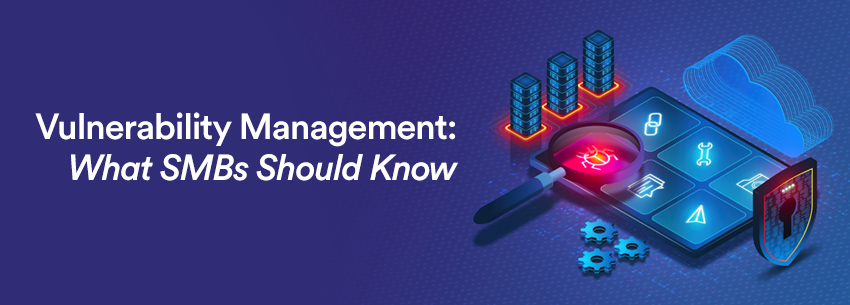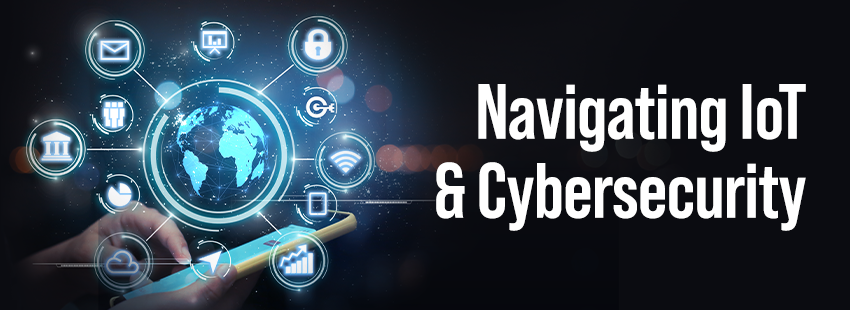With headlines of new cyberattacks seeming to hit the news every day, a key question for an SMB becomes: How do I take steps to better protect my organization from attack? One way is to consider vulnerability management.
Vulnerabilities are weaknesses in a company’s software, systems, or other infrastructure, allowing attackers to breach their environment. In essence, they are the holes in the armor of an SMB’s protective shield against attacks. These vulnerabilities can include flaws in software that have not been patched, faulty hardware, poorly implemented systems, or even human error. Vulnerability scoring systems, such as the common vulnerability scoring system (CVSS) or National Vulnerability Database (NVD), can help an SMB determine the severity of any given known vulnerability, from no severity to critical.
Vulnerability management is the process by which an SMB can identify, manage, and remediate vulnerabilities on an ongoing basis. A typical process that an SMB might put in place for vulnerability management may include assessing for vulnerabilities, prioritizing which vulnerabilities need to be fixed and in what order, acting to fix those vulnerabilities, reassessing the situation for additional vulnerabilities, and finally taking steps to improve overall processes to prevent the reoccurrence of future risk areas.
This process occurs across a company’s entire environment, from its endpoints to its workloads, software, and systems. Frequently, it involves implementing a vulnerability management tool, which can help identify vulnerabilities and track progress toward patching and remediating them. These tools can help an SMB manage the process of vulnerability management, as well as help to find vulnerabilities in their environment.
There are a number of these such tools out there to fit an SMB’s budget and technical needs. Some qualifications that an SMB IT or security leader should look for may include how quickly it can detect vulnerabilities so that teams can act promptly to correct them. An SMB may also look to see the tool’s ongoing monitoring capabilities versus waiting for periodic network scans for information on new risks. An SMB may also want to consider how easy it is to manage the tool and if it requires intensive training to leverage.
It is important to note that vulnerability management is not a single point-in-time exercise. Cyber attackers are constantly evolving tactics and finding new vulnerabilities in the technology and infrastructure that an SMB or any organization may have. For that reason, it is essential for SMBs to consistently monitor their environment for the latest vulnerabilities and ensure that they are closing the gaps in their security armor.
Cybersecurity threats aren’t going away anytime soon. If anything, they will only increase as organizations rely more and more on technology to operate their critical functions. For that reason, an SMB should take every step possible to ensure they are securing their systems from attack, ensuring a safer future for their customers, employees, and overall organization.





